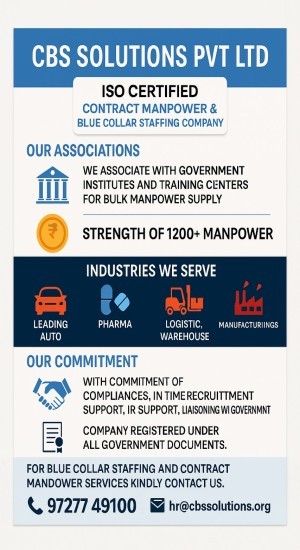Stay tuned for more insights on this new perspective for balancing workforce investment, risk, and value.
A
new perspective for understanding workforce investment, risk, and value
Considering
how much company spend and risk is tied to employees, it’s surprising that
organizations seldom use the same rigor for human capital investments as they
do for business investments. All too often, the question we hear business
leaders ask is, “How do I reduce human capital costs?” What leaders should be
asking is: “How do I ensure that I get appropriate value from the money I’m willing
to invest in my people?”
Part
of the challenge is that the C-suite looks at human capital investments through
different lenses. CFOs consider things like the ratio of spend to value,
measuring ROI, and increasing the value of human capital as an asset. CHROs are
concerned with ensuring the organization has the right talent for current and
future business strategies and is seen as an employer-of-choice. The Human
Capital Balance Sheet is a way to reconcile these perspectives, gain visibility
into how human capital investments can translate into value for the
organization and provide opportunities for increased collaboration across the
C-suite.
One
of the reasons companies can have trouble optimizing human capital investment
is they start with a limited view: Human Capital Investment = Labor Spend =
Compensation & Benefits. This overly simplistic equation misses the mark in
several ways:
1.
It fails to consider all of the facets of the workforce that drive value.
2.
Compensation and benefits barely scratch the surface of what it costs to drive
productivity.
3.
It’s not risk adjusted, so it makes it look like all costs and risks are equal.
An
expanded view
Consider
how the very definition of an organization’s workforce has changed
significantly over the last 10 to 15 years and will likely keep evolving as the
open talent economy matures and the future of work unfolds. In addition to
full-time payroll employees, the workforce mix now includes a range of
part-time, contingent, gig, outsourced, crowdsourced, and even robot members.
All of these workers—and how and when you use them, compensate them, reward
them, develop them—should factor into discussions of human capital productivity
and value.
Taking
this broader view can help you evaluate the effectiveness of the human capital
programs you have today. Many organizations have a range of programs,
practices, and point solutions that were introduced over time and haven’t been
evaluated individually or holistically to determine if they are
(1)
adding value and delivering meaningful ROI and
(2)
the best use of the limited pool of investment dollars.
Analytics
solutions are available to help in this effort and can reveal opportunities to
not only save costs but also improve the market-competitiveness, employee perceptions,
and overall effectiveness of your human capital offerings.
Navigating the Human Capital
Efficient Frontier
The
idea is to be able to make human capital decisions using the same
business-driven rigor typically applied to other investment decisions the
business makes. Using this approach, you start to reach what we call the
“Efficient Frontier”—a way to approach human capital decision making that
directly links workforce investments to value as you define itfor your
organization and specific functions. For example, a business might look at
value in terms of revenue or share price. A health care provider might look at
patient outcomes or quality metrics.
The
Human Capital Efficient Frontier enables you to link an (expanded) definition
of the workforce, a definition of investment and labor, and a definition of the
value you get from your workforce, either across the board or in certain
business units or functions. Then, workforce investment decisions are measured
against that value.
To
capitalize on the Efficient Frontier, you’d first eliminate programs that are
obviously not driving value. Then you could begin to look at how to
strategically reallocate the money saved to focus on programs that increase the
value of human capital as a balance sheet asset.
Optimizing the Human Capital
Balance Sheet
Taking
a balance-sheet approach to understanding all the dimensions of your human
capital assets is a way to both build human capital as an asset and reduce
inefficiency in labor spend. When the Human Capital Balance Sheet is optimized:
1.
Wasteful spend is substantially reduced or eliminated
2.
The cost of programs that drive minimal value are reduced or eliminated
3.
Investments in labor are value-driven and clearly linked to an appropriate
measure and rate of return
4.
Inherent risks are understood and factored into decision making and expected
outcomes
5.
Decisions are informed by the business strategy and market conditions
As
you’ll notice, these optimization criteria and outcomes ring true for virtually
any area of the business, meaning human capital investments can (finally) be
viewed and measured in business terms. This gives all of the organization’s
leaders—whether in HR, finance, IT, operations, business units—common ground
and a common language to evaluate human capital decisions as they do other
business decisions.
We
will be examining the elements of the Human Capital Balance Sheet in more
detail in follow-on posts, as well as featuring it in an upcoming briefs
webcast. Stay tuned for more insights on this new perspective for balancing
workforce investment, risk, and value.

